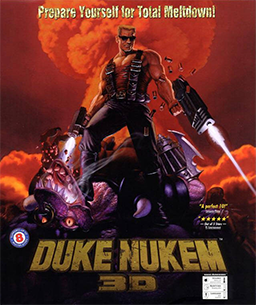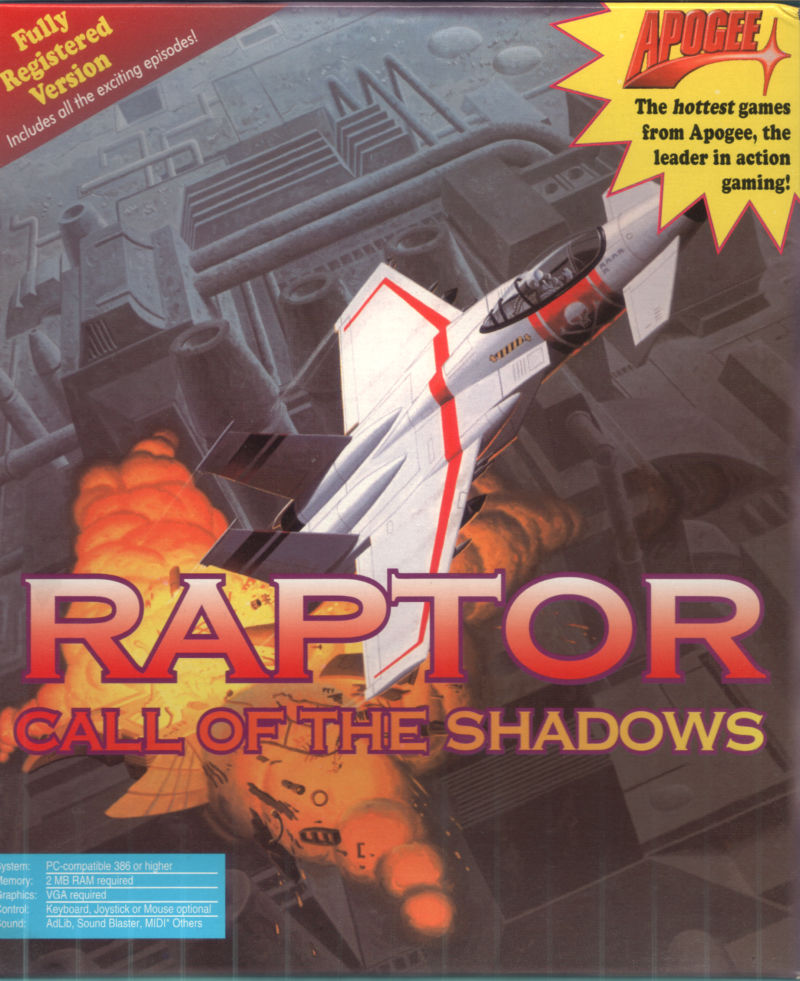Retro Review: Yamaha Audician 32 Plus - Part 4
28th April 2025
In Part 3, I started an addendum to this article from over two years ago, as I got hold of a Yamaha Audician 32 Plus with the onboard wavetable synthesizer - the Admos QDSP QS1000.
In this final Part 4, I will record the output of this wavetable synth and provide comparisons with other sound cards for the same game.
Onboard Wavetable
The QDPS QS1000 here is complemented by a QS1001A, which is a 512 KB ROM chip for its instrument samples. For other Admos wavetable scenarios, you can tell if the ROM is 512 KB, 1 MB or 2 MB:
- QS1001 or QS1001/A - 512 KB ROM (4 Mbit) in a SOP32 package
- QS1002 - 1 MB ROM (8 Mbit) in a SOP32 package
- QS1003 - 2 MB ROM (16 Mbit) in a SOP44 package
The QS1001 and QS1002 are identical ICs, only their stored content is different.
Having gone into these tests with some negative preconceptions, I was pleasantly surprised by the QDSP1000.
The Dune intro actually came out nice and clean, despite the game not supporting GM - running the QDSP with the game configured for Roland MT-32. Yes, it's wrong to evaluate it in this way, but if you didn't have a real MT-32 it's good to know whether it's too bad to play. In direct comparison with the SC-55 and MU80, the incorrect GM instruments were softer so it came out a little better than both the SC-55 and MU80. What's very evident is the lack of reverb compared to the MT-32.
The Duke Nukem 3D intro soundtrack is hard to beat on the Yamaha MU80 due to its full-bodied bass so well-suited to this track. Having said that, the QDSP does a fine job though has a little too much overdrive and not enough atmosphere.
Raptor's simplistic tune is also a solid delivery, though comes across more squashed/muffled than the X2GS, which provides a better high range.
In summary then, the QDSP1000 will never match the high quality and atmosphere of the Roland or Yamaha GM modules, but for a cheap 512 KB sample-based wavetable synth, it produces passable results.
 Dune (Virgin Games)
Dune (Virgin Games)

 Duke Nukem 3D (3D Realms)
Duke Nukem 3D (3D Realms) Raptor: Call of the Shadows (Apogee Software)
Raptor: Call of the Shadows (Apogee Software)